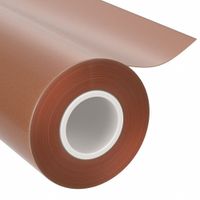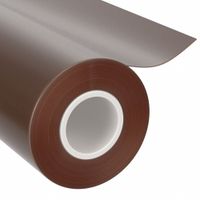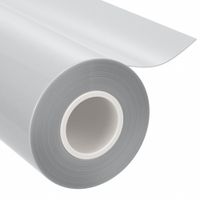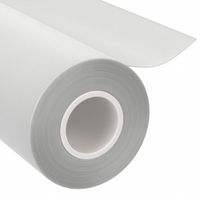Plastic films and rolls are versatile materials with a wide range of applications across various industries. In packaging, they are extensively used for food products, pharmaceuticals, and consumer goods due to their ability to provide a barrier against moisture, oxygen, and contaminants, thus extending shelf life. In agriculture, plastic films are utilized for mulching, greenhouse coverings, and silage wraps, helping in temperature regulation, weed control, and moisture retention.
In the construction industry, plastic films serve as vapor barriers, insulation layers, and protective coverings for surfaces and materials. They are also used in the manufacturing of laminates and composites. In the medical field, plastic films are employed in the production of sterile packaging, surgical drapes, and disposable medical supplies, ensuring hygiene and safety.
The electronics industry uses plastic films for insulation, as well as in the production of flexible circuits and displays. In the automotive sector, they are applied in interior trims, protective coatings, and as part of composite materials for lightweighting vehicles. Additionally, plastic films are used in printing and graphics for banners, labels, and decals due to their durability and printability.
In the textile industry, plastic films are used for waterproofing and as a component in synthetic fabrics. They also find applications in the production of stationery items, such as adhesive tapes and laminating pouches. Furthermore, plastic films are integral to the production of solar panels and photovoltaic cells, contributing to renewable energy solutions.
Overall, the adaptability, durability, and cost-effectiveness of plastic films and rolls make them indispensable in numerous sectors, driving innovation and efficiency across industries.







